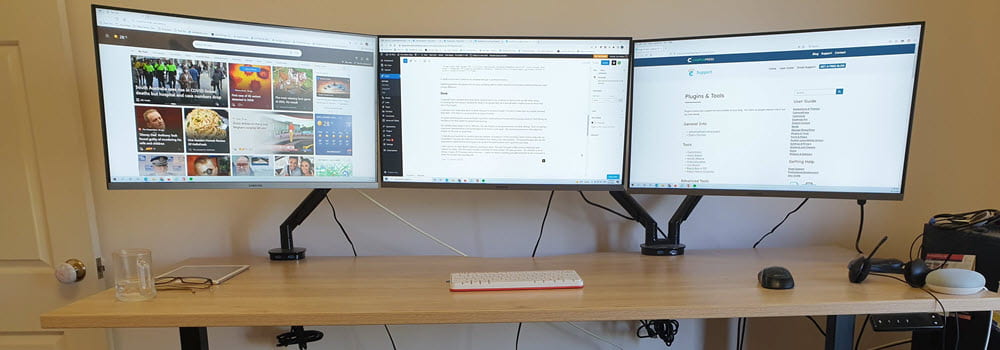So far in this week’s series on mobile technology in education I have discussed:
- Are UMPCs Going to Convert Courses from Paper Based to Digital?
- Mobile Web Usage is Increasing – How Will You Use It With Students?
- You Need Spyglasses – Are you Serious?
Today I am going to discuss how asking simple questions like please explain:
- What are barcode, RFID and NFC?
- How can barcode, RFID and NFC be used in education and training?
can drive two experts crazy when you expect them to answer the questions using “Sue language” (which is really hard because half the time Sue does not understand her own language!!).
What are barcode, RFID and NFC?
Barcodes use wide and narrow spaces to represent letters or numbers.
Standard Barcode on left (image by Iscan) and 2D barcode on right (image by Varjohaltia). A 2D barcode is able to store more information.
Barcode is read by a barcode reader that triggers information to be retrieved on the reader e.g. the price of an item at a supermarket.
RFID stands Radio Frequency Identification
RFID tags contain microchips that are able to hold and store far more information than barcodes. Information like documents or text from 20 kb to 1 MB depending on the tag. RFID tags either hold the information in the tag and is transferred to the the RFID reader; or triggers information retrieval from within the reader when read with a RFID reader. RFID tags, because they use radio frequency transmission do not need line of sight like a bar code.
Passive RFIDs have no battery whereas an active RFID tags has an inbuilt battery. Active RFID tags can be read from a further distance away (up to 10 metres) because their battery is transmitting a signal.
Expensive items in shops often have RFID tags attached to them – these are what trigger the alarm.
NFC refers to Near Field Communication
NFC uses short range wireless communication and usage is mainly aimed at mobile phones. The technology is based on RFID technology – but the phone acts as the tag reader. The idea is by touching NFC enable phone on a tag you could trigger it to load up a web page, ring a number or send an SMS.
Check out this video for more detailed explanation of these technologies by Marcus Ragus.
For more detailed information I recommend that you check out Marcus Ragus and Ian Whitehouse’s RFID scoping study.
How Barcode and RFID technology is being used
New England Institute is currently using RFID technology with students for asset registering and OHS induction. Their RFID podcaster can be used to trigger audio, video or text content on the RFID reader.
Daniel Dacey (New England Computer Solutions) is also working together with Marcus Ragus on a learning table. This video will give you a better understanding of the potential applications of this technology.
FINAL WORD
Fortunately no experts were injured in my quest for knowledge; and I would like to thank both Marcus Ragus and DanielDacey for their patience!!




Leave a comment